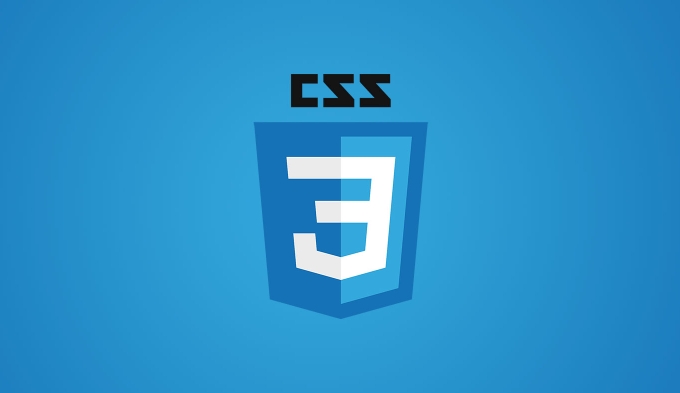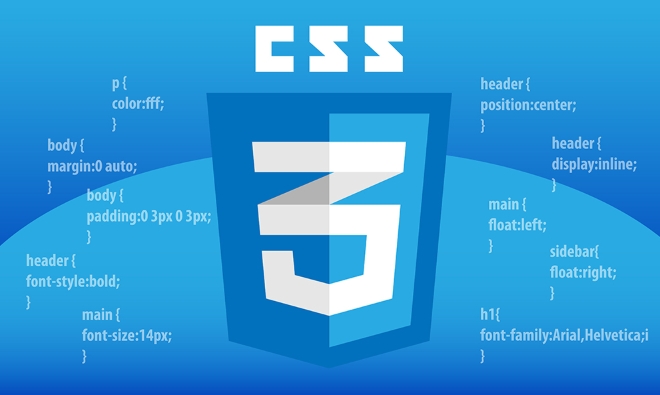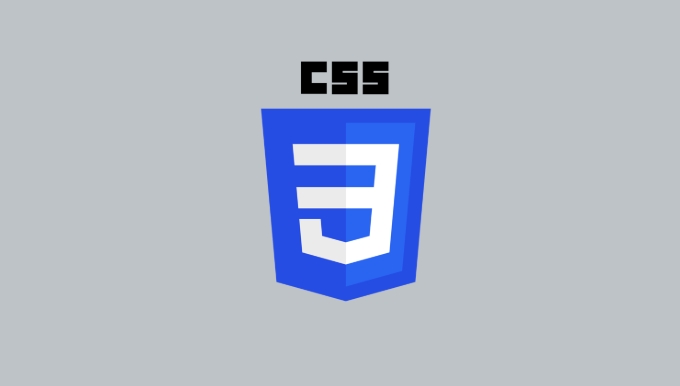css filter property examples
The CSS filter property applies visual effects to elements directly in CSS, with common uses including: 1. blur() for softening images or creating depth, 2. brightness() to adjust lightness or darkness, 3. contrast() to enhance or reduce visual distinction, 4. grayscale() for black-and-white conversions, 5. hue-rotate() to shift colors across the spectrum, 6. saturate() to intensify or mute colors, 7. combining multiple filters for complex effects, 8. drop-shadow() for shape-aware shadows, and 9. backdrop-filter for glassmorphism by filtering background content, all of which are efficient when used wisely and can be enhanced with transitions and proper performance considerations.

The CSS filter property is used to apply visual effects like blur, color shifts, and more to elements—typically images, but it works on any container. It’s a powerful tool for enhancing UI without needing external image editing.

Here are some common and practical examples:
1. Blur Effect (blur())
Great for background images or creating depth.

.blurry {
filter: blur(5px);
}- Use
blur(0)for no blur, increasing values (e.g.,10px) create stronger blur. - Often used in modal backgrounds or frosted glass (combined with
backdrop-filter).
2. Brightness Adjustment (brightness())
Control how bright an element appears.
.bright {
filter: brightness(150%);
}
.dim {
filter: brightness(50%);
}100%= original brightness.- Values over
100%make it brighter; under100%make it darker. - Useful for hover effects:
img:hover { filter: brightness(120%); }
3. Contrast Control (contrast())
.high-contrast {
filter: contrast(180%);
}
.low-contrast {
filter: contrast(70%);
}- Adjusts the difference between light and dark areas.
- Can help improve readability on images with text overlay.
4. Grayscale Conversion (grayscale())
.grayscale-img {
filter: grayscale(100%);
}
.partial-gray {
filter: grayscale(50%);
}100%= fully black and white;0%= original color.- Popular for image galleries with hover color reveal:
img { filter: grayscale(100%); transition: filter 0.3s ease; } img:hover { filter: grayscale(0%); }
5. Hue Rotation (hue-rotate())
.rotated-hue {
filter: hue-rotate(90deg);
}- Rotates colors around the color wheel.
- Try
180degfor a retro look, or animate it:@keyframes colorCycle { from { filter: hue-rotate(0deg); } to { filter: hue-rotate(360deg); } } .animated { animation: colorCycle 3s infinite linear; }
6. Saturation (saturate())
.super-sat {
filter: saturate(200%);
}
.desaturated {
filter: saturate(30%);
}- Increases or reduces color intensity.
100%= normal; higher = more vivid; lower = muted.
7. Combining Multiple Filters
You can stack multiple effects:

.fancy-effect {
filter: contrast(120%) brightness(90%) saturate(150%) hue-rotate(15deg);
}Order usually doesn’t matter, but complex combinations may vary slightly by browser.
8. Drop Shadow (drop-shadow())
Unlike box-shadow, this follows the element’s shape (including transparency):
.shadow {
filter: drop-shadow(2px 2px 4px rgba(0, 0, 0, 0.5));
}- Useful for images with transparent backgrounds (e.g., PNG icons).
- First three values:
offset-x,offset-y,blur-radius.
9. Using backdrop-filter (Bonus)
Applies filters to the area behind an element (great for glassmorphism):
.glass {
backdrop-filter: blur(10px) brightness(80%);
background: rgba(255, 255, 255, 0.2);
border-radius: 12px;
padding: 20px;
}Note:
backdrop-filterdoesn’t work on all browsers (especially older ones).
Quick Tips:
- Performance: Heavy filters (like large blur) can impact performance on mobile.
- Fallbacks: Always test without filters—ensure content is still usable.
-
Transitions: Combine with
transitionfor smooth hover effects.
Basically, the filter property is a simple yet powerful way to tweak visuals right in CSS. Most effects are hardware-accelerated, so they’re efficient when used wisely.
The above is the detailed content of css filter property examples. For more information, please follow other related articles on the PHP Chinese website!

Hot AI Tools

Undress AI Tool
Undress images for free

Undresser.AI Undress
AI-powered app for creating realistic nude photos

AI Clothes Remover
Online AI tool for removing clothes from photos.

Clothoff.io
AI clothes remover

Video Face Swap
Swap faces in any video effortlessly with our completely free AI face swap tool!

Hot Article

Hot Tools

Notepad++7.3.1
Easy-to-use and free code editor

SublimeText3 Chinese version
Chinese version, very easy to use

Zend Studio 13.0.1
Powerful PHP integrated development environment

Dreamweaver CS6
Visual web development tools

SublimeText3 Mac version
God-level code editing software (SublimeText3)
 How to change text color in CSS?
Jul 27, 2025 am 04:25 AM
How to change text color in CSS?
Jul 27, 2025 am 04:25 AM
To change the text color in CSS, you need to use the color attribute; 1. Use the color attribute to set the text foreground color, supporting color names (such as red), hexadecimal codes (such as #ff0000), RGB values (such as rgb(255,0,0)), HSL values (such as hsl(0,100%,50%)), and RGBA or HSLA with transparency (such as rgba(255,0,0,0.5)); 2. You can apply colors to any element containing text, such as h1 to h6 titles, paragraph p, link a (note the color settings of different states of a:link, a:visited, a:hover, a:active), buttons, div, span, etc.; 3. Most
 How to purge unused CSS?
Jul 27, 2025 am 02:47 AM
How to purge unused CSS?
Jul 27, 2025 am 02:47 AM
UseautomatedtoolslikePurgeCSSorUnCSStoscanandremoveunusedCSS;2.IntegratepurgingintoyourbuildprocessviaWebpack,Vite,orTailwind’scontentconfiguration;3.AuditCSSusagewithChromeDevToolsCoveragetabbeforepurgingtoavoidremovingneededstyles;4.Safelistdynamic
 What is a stacking context?
Jul 27, 2025 am 03:55 AM
What is a stacking context?
Jul 27, 2025 am 03:55 AM
Astackingcontextisaself-containedlayerinCSSthatcontrolsthez-orderofoverlappingelements,wherenestedcontextsrestrictz-indexinteractions;itiscreatedbypropertieslikez-indexonpositionedelements,opacity
 How to use the CSS backdrop-filter property?
Aug 02, 2025 pm 12:11 PM
How to use the CSS backdrop-filter property?
Aug 02, 2025 pm 12:11 PM
Backdrop-filter is used to apply visual effects to the content behind the elements. 1. Use backdrop-filter:blur(10px) and other syntax to achieve the frosted glass effect; 2. Supports multiple filter functions such as blur, brightness, contrast, etc. and can be superimposed; 3. It is often used in glass card design, and it is necessary to ensure that the elements overlap with the background; 4. Modern browsers have good support, and @supports can be used to provide downgrade solutions; 5. Avoid excessive blur values and frequent redrawing to optimize performance. This attribute only takes effect when there is content behind the elements.
 Describe different CSS units and when to use them
Jul 27, 2025 am 04:24 AM
Describe different CSS units and when to use them
Jul 27, 2025 am 04:24 AM
In web development, the choice of CSS units depends on design requirements and responsive performance. 1. Pixels (px) are used to fix sizes such as borders and icons, but are not conducive to responsive design; 2. Percentage (%) is adjusted according to the parent container, suitable for streaming layout but attention to context dependence; 3.em is based on the current font size, rem is based on the root element font, suitable for elastic fonts and unified theme control; 4. Viewport units (vw/vh/vmin/vmax) are adjusted according to the screen size, suitable for full-screen elements and dynamic UI; 5. Auto, inherit, initial and other values are used to automatically calculate, inherit or reset styles, which helps to flexibly layout and style management. The rational use of these units can improve page flexibility and responsiveness.
 How to style links in CSS?
Jul 29, 2025 am 04:25 AM
How to style links in CSS?
Jul 29, 2025 am 04:25 AM
The style of the link should distinguish different states through pseudo-classes. 1. Use a:link to set the unreached link style, 2. a:visited to set the accessed link, 3. a:hover to set the hover effect, 4. a:active to set the click-time style, 5. a:focus ensures keyboard accessibility, always follow the LVHA order to avoid style conflicts. You can improve usability and accessibility by adding padding, cursor:pointer and retaining or customizing focus outlines. You can also use border-bottom or animation underscore to ensure that the link has a good user experience and accessibility in all states.
 How to center text in CSS?
Jul 27, 2025 am 03:16 AM
How to center text in CSS?
Jul 27, 2025 am 03:16 AM
Use text-align:center to achieve horizontal centering of text; 2. Use Flexbox's align-items:center and justify-content:center to achieve vertical and horizontal centering; 3. Single-line text can be vertically centered by setting line-height equal to the container height; 4. Absolute positioning elements can be combined with top: 50%, left: 50% and transform:translate (-50%, -50%) to achieve centering; 5. CSSGrid's place-items:center can also achieve dual-axis centering at the same time. It is recommended to use Flexbox or Grid first in modern layouts.
 What are user agent stylesheets?
Jul 31, 2025 am 10:35 AM
What are user agent stylesheets?
Jul 31, 2025 am 10:35 AM
User agent stylesheets are the default CSS styles that browsers automatically apply to ensure that HTML elements that have not added custom styles are still basic readable. They affect the initial appearance of the page, but there are differences between browsers, which may lead to inconsistent display. Developers often solve this problem by resetting or standardizing styles. Use the Developer Tools' Compute or Style panel to view the default styles. Common coverage operations include clearing inner and outer margins, modifying link underscores, adjusting title sizes and unifying button styles. Understanding user agent styles can help improve cross-browser consistency and enable precise layout control.







